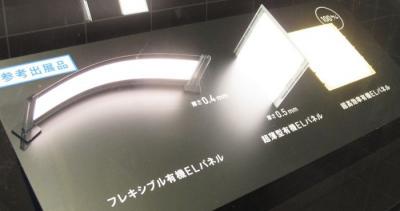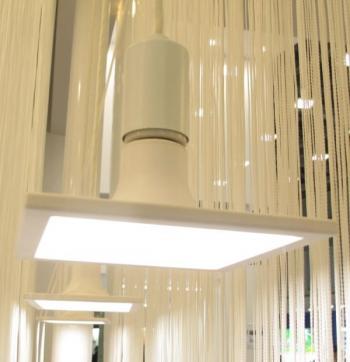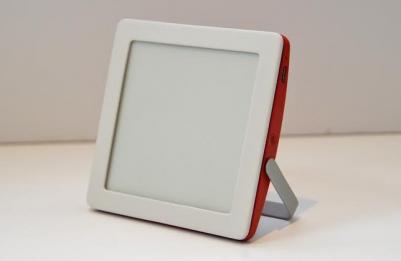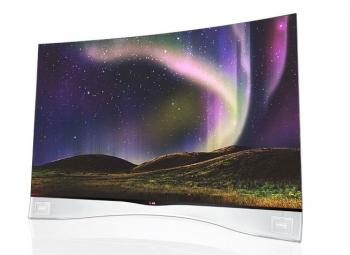When Samsung and LG released their curved OLED TVs (and later on curved LCDs as well), a lot of people didn't understand why is that good for. Most reviewers and consumers seem to prefer a flat design - which means you can hang the TV on the wall and it looks better.
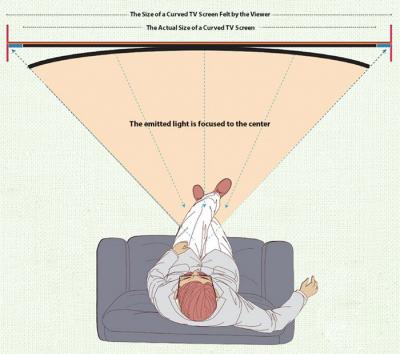
It seems that there's still a lot of confusion here, and today LG Display published an article that explains the advantages of curved TVs (it also details the company's flexible OLED technology). According to LG, there are several such advantages. First of all, the Curved OLED TV can enhance the viewer’s immersive experience with its curved form. The screen "wraps around the viewer" and so there's a comfortable feeling of stability and immersion. LG explains that the curved screen has a curved trajectory similar to a person’s ‘Horopter Line’ allowing the maintenance of a constant focus.




